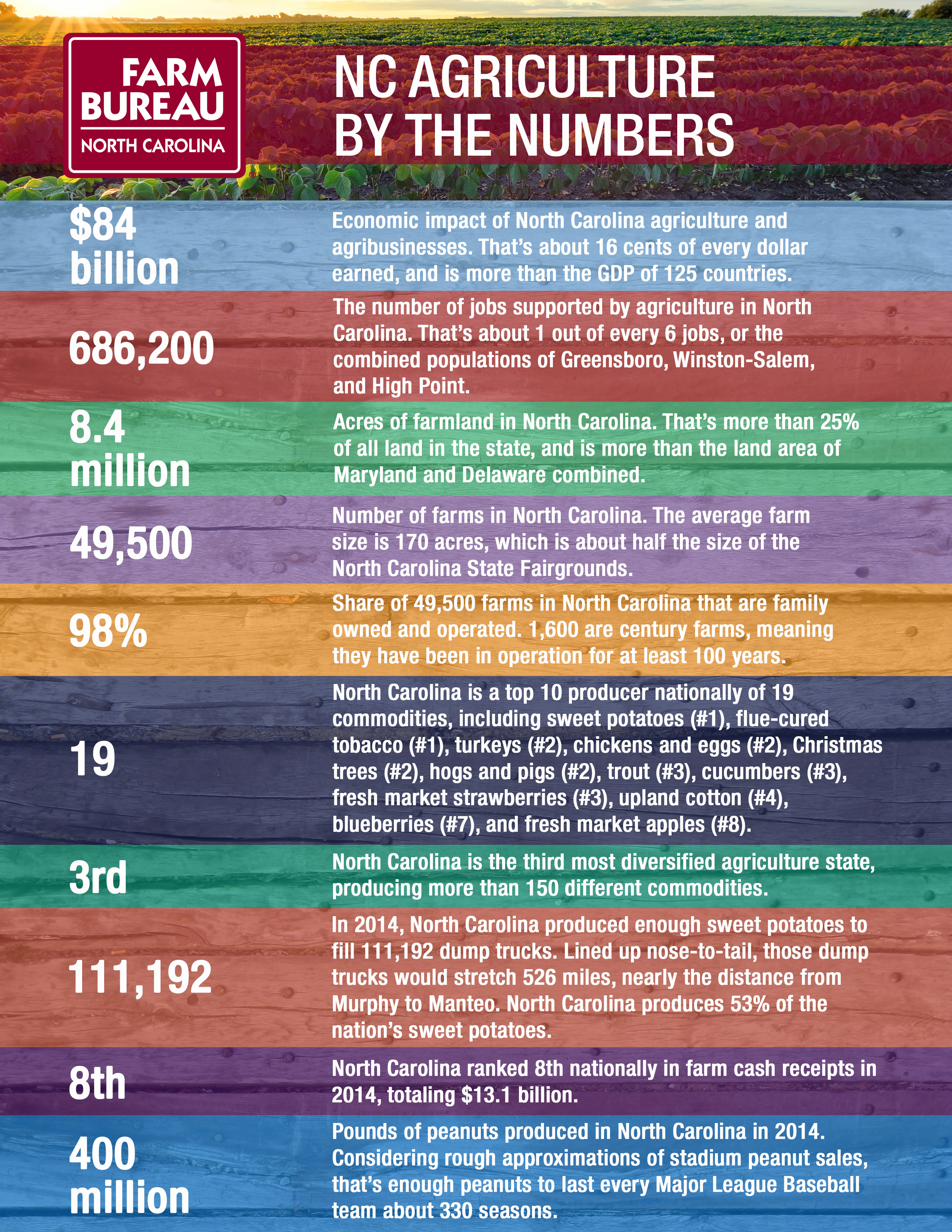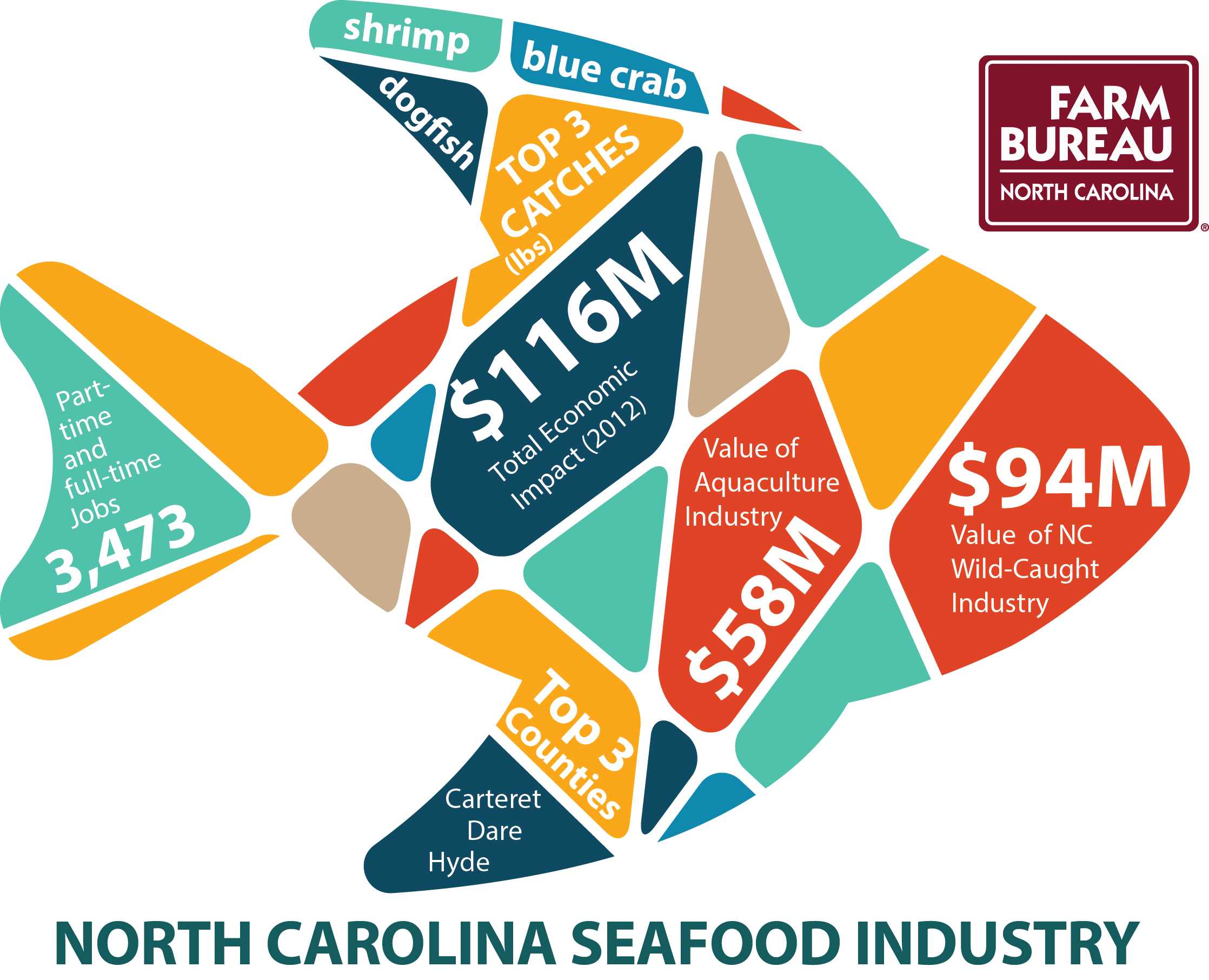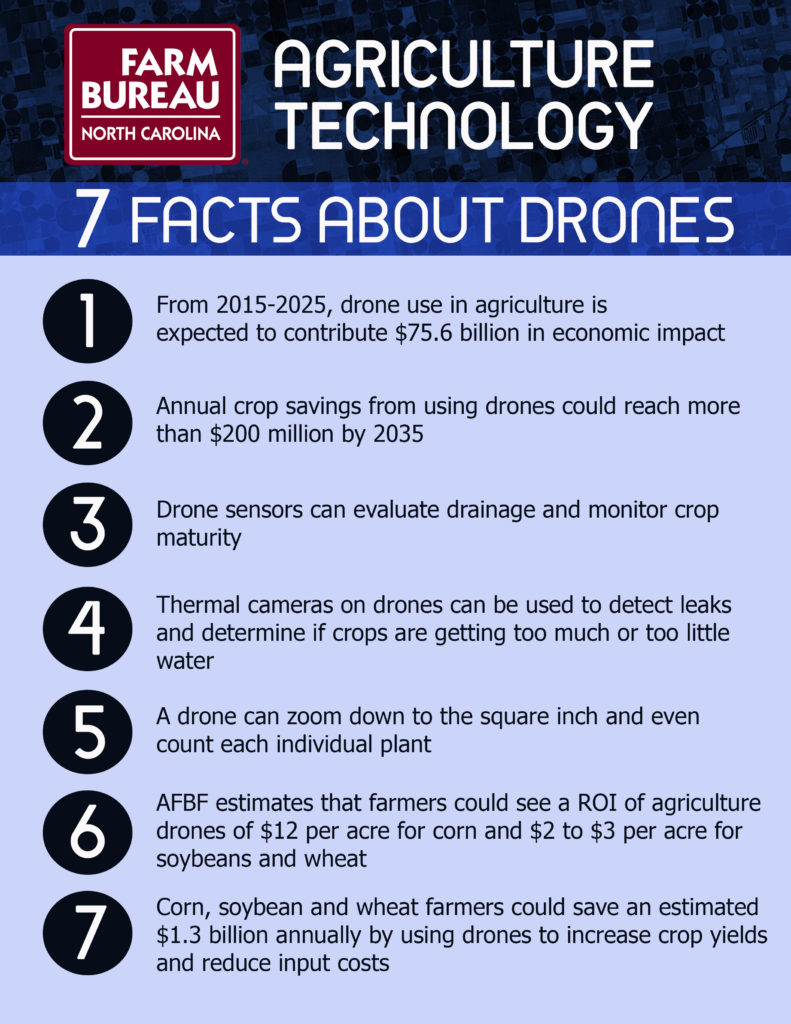Written by Dr. Rebecca Tippett and originally published at Carolina Demography. This continues our series of posts highlighting some of Rebecca’s excellent insights into rural North Carolina. If you missed last week’s post, be sure to go back and check it out as well.
“The growth of urban places historically has been fueled largely by in-migration from rural areas (including from other countries)…” – Daniel Lichter & David Brown, “Rural America in an Urban Society”
Nearly half of North Carolina’s counties – 47 of 100 – had net out-migration between 2010 and 2015, meaning more people moved away than moved in.
There are some clear patterns to this movement. The core counties of the state’s major metropolitan areas—such as Guilford (Greensboro), Forsyth (Winston-Salem), Mecklenburg (Charlotte), and Wake (Raleigh)—saw net in-migration. In general, the counties immediately adjacent to these core counties, such as Johnston and Harnett south of Wake, also experienced net in-migration. In addition, regions that are generally attractive to retirees, such as Western North Carolina and the coastal counties, have had net in-migration since 2010.

Meanwhile, many of the counties that have experienced net out-migration are on the periphery of larger metro areas, are located in smaller metropolitan or micropolitan regions, or are rural counties, meaning they belong to neither a metropolitan nor micropolitan region. (A map of North Carolina’s metropolitan and micropolitan statistical areas is available here and the delineation files are available here.)
But even though many counties have experienced net out-migration, North Carolina is a “sticky” state. Most people born here still live here. Among North Carolina-born adults, 72% still live here, the highest share of any other state except for Texas. And, when we look at individuals who move out of their county, individuals from rural, outlying, and micropolitan counties are much more likely to stay in North Carolina.




